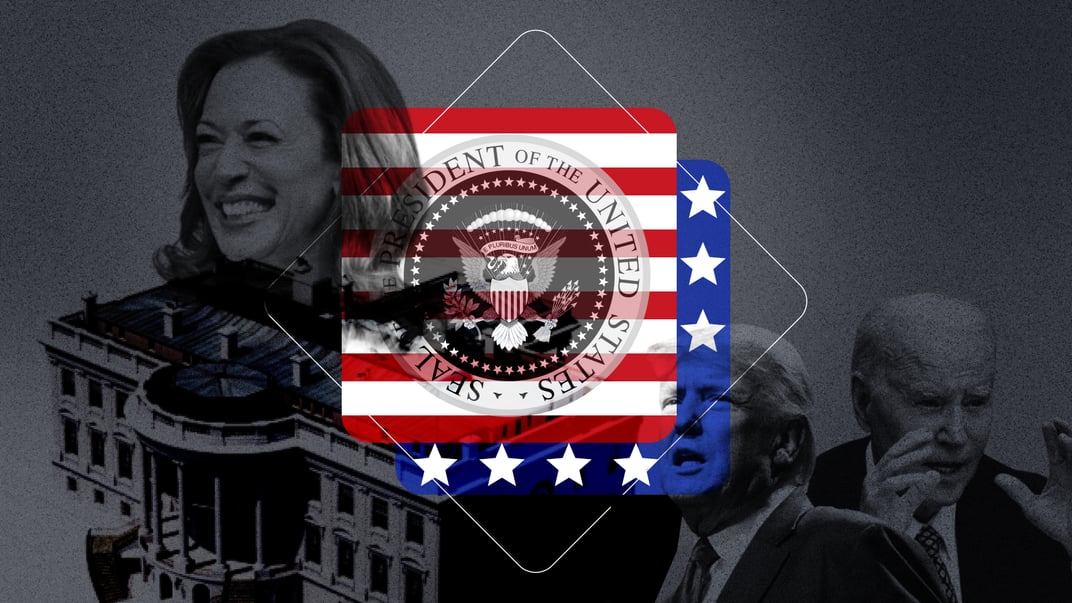How the U.S. president is chosen: an overview of the key processes involved.

How is the President elected in the USA?
The United States presidential elections occur every four years on the first Tuesday following the first Monday in November. The electoral process consists of several key stages: primaries and caucuses, national party conventions, general elections, voting by the Electoral College, final vote counting, Congressional confirmation, and finally, inauguration.
Who can become the President of the USA?
The U.S. Constitution stipulates that the President must be a natural-born citizen of the United States, be at least 35 years old at the time of running, and have lived in the U.S. for 14 years.
What are primaries and caucuses?
This is the initial stage of selecting candidates for the presidency. Primaries involve voting for a single candidate from a political party, typically held 6-9 months before the general elections in most states. They are conducted with the support of federal and local authorities.
Caucuses are meetings organized by parties at the district or county level, where voters discuss and vote on which candidate they trust the most. Unlike primaries, caucuses engage citizens in discussion more actively, but they are held only in some states.
Depending on the state and party rules, primaries and caucuses can be open, closed, or hybrid. The results of the primaries and caucuses determine the number of delegates each state will send to the national party convention.
What are National Conventions?
These are gatherings where each party officially announces its candidate for president. To nominate a candidate, a majority of delegate votes is required.
Usually, the voting results are clear even before the convention takes place. Occasionally, no candidate is able to secure a majority of votes on the first ballot, necessitating further rounds.
At the National Conventions, the presidential candidate also selects a running mate – the vice president.
Early voting in the USA
Most citizens vote on Election Day, which is the first Tuesday after the first Monday in November, but some states allow for early voting.
Early voting is believed to ensure higher voter turnout. This is especially beneficial for those who cannot make it to the polls on the main day due to work, travel, health issues, or other circumstances.
The Electoral College
In fact, American voters do not vote directly for a candidate, but for a group of electors who will later represent them in the Electoral College. The Constitution does not require electors to vote according to state mandates, but they rarely go against the voters' wishes due to potential accountability.
To become president, a candidate must secure at least 270 out of 538 electoral votes. The number of electors varies by state and depends on the number of representatives a state has in Congress (two senators + the number of House members). This is influenced by the state's population, meaning more populous areas have more voters.
Gerrymandering
Unlike the borders between states, the boundaries of electoral districts in the USA are constantly changing. The number of voters is reassessed for each region following the census, which occurs every ten years.
During this process, state authorities have the opportunity to "redraw" district lines to either consolidate or divide like-minded voters to favor their party – as voters in the districts determine the representatives in state bodies and Congress. This process is known as “gerrymandering”. Each time district boundaries change, it becomes a topic of debate regarding its impact on elections.
The leading state vote receives everything
The electoral system has resulted in a situation where the winner takes all – in most states (except Maine and Nebraska, which allocate their electors proportionally), the candidate with the most support ultimately receives all of the state's electoral votes.
Thus, a candidate can win the popular vote but lose due to insufficient electoral votes. This has happened several times in U.S. history, notably in the elections of 2000 and 2016.
“Swing” states
“Swing” or “battleground” states are American states where it is typically difficult to predict which candidate voters will prefer. Political forces often expend disproportionately large amounts of time and resources campaigning to win these states. In contrast, several states have a history of stronger support for either Democrats or Republicans.
There is no universal definition identifying such states. Since 1992, 30 states have voted at least once for a candidate from the opposing party in previous elections. Currently, “swing” states include Pennsylvania, Wisconsin, Michigan, Arizona, Georgia, Nevada, and North Carolina.
When will the election results be announced?
Typically, media outlets announce a winner on the night of Election Day (although counting votes may take several days). The official electoral process in the USA extends over a lengthy period afterward.
On December 17, 2024, members of the Electoral College will vote in their states for the president and vice president on separate ballots. These will be forwarded to the Senate and the archivist. By January 6, 2025, the U.S. Congress will tally the Electoral College votes and announce the results. If no presidential candidate receives at least 270 electoral votes, the House of Representatives will decide the outcome of the election. If necessary, the House will elect the president by a majority vote.
At noon on January 20, 2025, the inauguration will take place – the elected president and vice president will take their oaths of office.
Who else is elected in November?
On the day of the presidential election, Americans will also cast votes for new members of Congress. In the Senate – the upper chamber of Congress, 34 seats need to be filled, while in the House of Representatives, 435 seats are up for grabs.